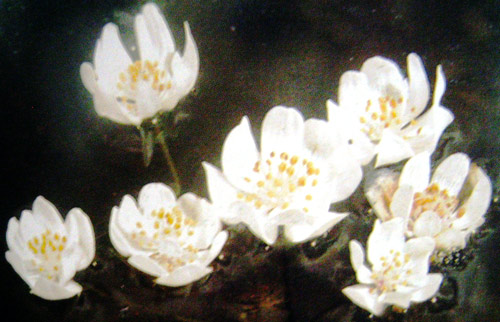- Androcymbium Striatum – Photo by Cameron McMaster
- Gladiolus longicollis – photo by Cameron McMaster
- Ornithogalum Graminifolium – Photo by Cameron McMaster
Maliba Lodge Mountain Lodge message:
Alpine plants in their environment can look spectacular when we talk of alpine plants we do not mean the alpine plants found in the Alps, but those specialist species that grow above the tree line (alpine belt). Here much harsher living conditions prevail than in the valleys.
Introduction of life form.
At high altitude areas, the living conditions for plants are unfavourable as such alpine plants live under continuous stress. Here only species that can assert themselves, manage to spread, proliferate and develop suitable strategies. The dominant plant communities of the high altitude areas are forming extensive dense patches of sedge, grasses with inconspicuous flowers. Therefore plants with brilliantly coloured flowers are conspicuous among dense growth of plants. This mechanism of brilliantly coloured flowers makes some of the species to easily seen by the pollinating insects.
Description:
Gladiolus longicollis – Iridaceae – Iris family
Androcymbium striatum – Colchicaceae family
Ornithogalum graminifolium – Hyacinthaceae family
Distribution and habitat:
These plant species are widely spread at high altitude basaltic in basaltic soils. They are commonly found on Festica caprina (Letsiri – local name) or Themeda triandra (Seboku – local name) dominated grasslands gate. The easy to spot areas could be the Bokong nature reserve, Mahlasela, Lets’eng la terae, and Ramats’eliso’s areas.
Cultivation and Care:
They need well-prepared bed with fine gravel from basalt mixed with well-rotted fluffy compost. They can either be sawn from seed or small bulbs. Since they are very specialized high altitude plants they can be very sensitive if exposed to very high temperatures and poor drainage soils. It’s always better to clump them together in a garden.









No Comments